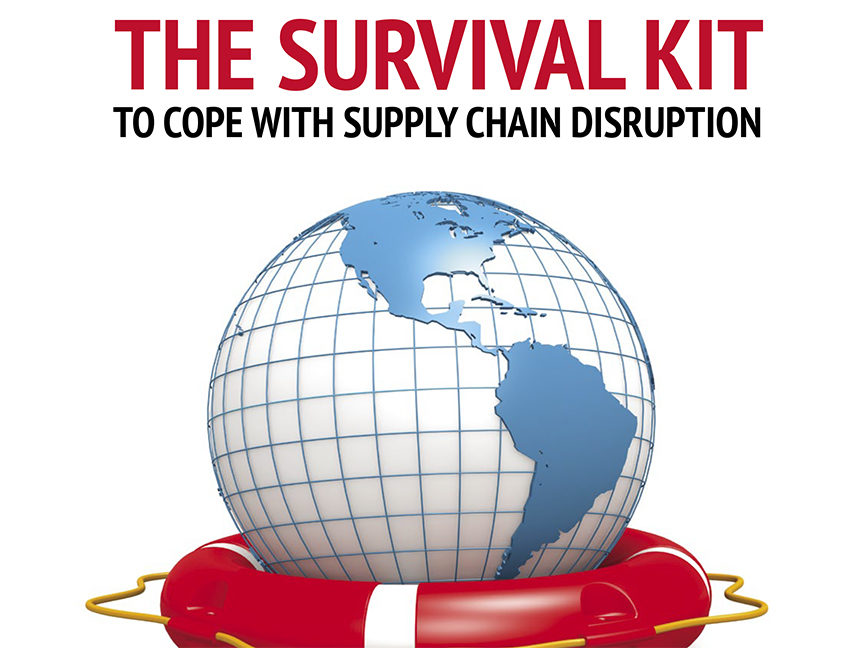
Visit Our Sponsors |
|
|
|
|
|
|
|
|
|
|
|
|
|
|
|
|
|
|
|
|
|
|
|
|
|
|
|
|
|
|
|
|
|
|
|
|
|
|
|
|
|
|
|
|
|
|
|

How long does a crisis have to last before it’s considered the status quo? And when it comes to supply chain disruption, are we there yet?
When COVID-19 arrived in the U.S. in March of 2020, shutting down virtually all public gatherings and business offices, it was generally believed that this abrupt pause in human interaction would last no more than a few weeks. We quickly learned otherwise, however, although further surprises were in store, most notably that of supply chains grinding to a near halt more than a year later. The pandemic, setting off a stampede of purchasing by consumers stuck at home, was the proximate cause, yet far from the only one. What soon became obvious were the structural weaknesses of global supply chains that had been simmering long before the pandemic came along to set them aboil. There wasn’t enough safety stock to cover demand in the event of breaks in supply, which became frequent and widespread. And severe shortages of key materials and components such as microprocessors threatened to paralyze automotive and high-tech manufacturers.
So where are we now? Barely recovered, if at all. As 2022 began, the Omicron variant of the coronavirus was raging across the world. Hundreds of containerships were still waiting outside ports in Southern California and elsewhere to offload their goods. Trucking companies were scrambling for drivers. Warehouses, too, were short of labor, even as they overflowed with product. The state of affairs has everyone asking: Is relief on the way, or is this the new normal?
The answer is probably a combination of the two scenarios. COVID-19 will eventually disappear; the Omicron variant is already past peaking in the places where it first sprang up, but no one believes that consumer behavior and supply chains will ever again look the same as they did before 2020. Businesses that wish to survive in the years ahead are already undertaking major changes to the way they make, move and distribute product.
It's no longer a question of triage. Think of it instead as a survival kit that needs to be deployed every day. Supply chains are struggling to adjust to shifts in demand that they can’t accurately predict, so agility becomes key to long-term resilience.
And so, as our contribution to assisting businesses in this time of permanent flux, we offer our annual Supply Chain Management Resource Guide. Here, you’ll find dozens of insights from industry experts about what companies will be facing in the coming year and beyond, and how best they can prepare for it. We see companies casting off old assumptions about “just-in-time” inventory strategies (although the concept is far from dead), rethinking sourcing strategies (can they really quit China?), and embracing new technologies for realizing greater visibility, collaboration and efficiency at every stage of the supply chain. There are also issues of sustainability, regulation, the proper handling of hazardous materials, education and labor to be addressed. We’ve long maintained that the term “supply chain” embraces virtually every aspect of a business that makes any kind of product; now that reality is beginning to dawn on the general public, who no longer needs to asks what the term means. Stories about supply chain disruption are everywhere in the media today, but we believe our collection of experts herein offers a uniquely valuable view of how we need to be thinking about this universal topic. So read on.
—Bob Bowman, Editor-in-Chief of SupplyChainBrain
RELATED CONTENT
RELATED VIDEOS
Timely, incisive articles delivered directly to your inbox.






